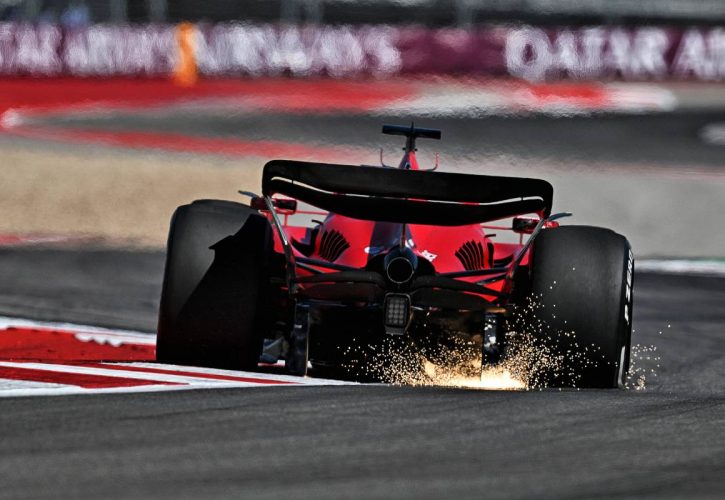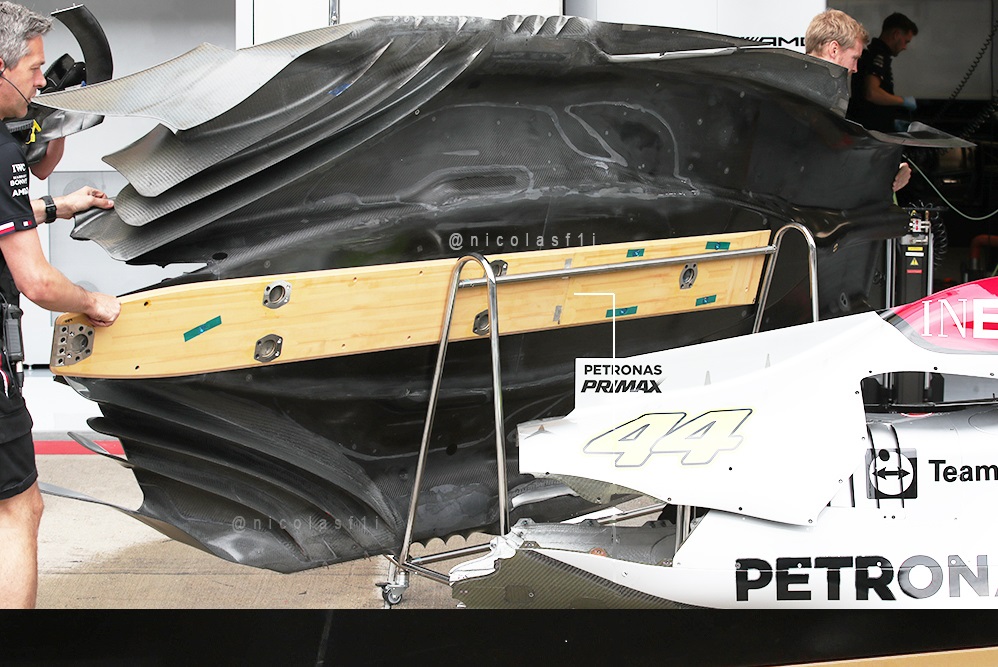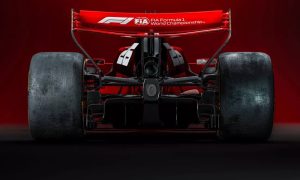
The FIA is seeking to simplify the floor plank component on F1’s cars by standardizing the element on the sport's next-generation 2026 machines.
The plank became a point of contention last October when Lewis Hamilton and Charles Leclerc were disqualified from the United States Grand Prix for exceeding the components tolerated wear limits.
While extenuating circumstances played a role - such as Austin’s bumpy nature and cars heading into Parc Fermé directly after FP1 due to the race weekend’s sprint format, thus leaving teams with insufficient time to properly gauge their car’s ride-height - the FIA was criticized for its selective scrutineering approach, with Hamilton alleging that other teams' cars had likely also violated regulations but escaped scrutiny.
But the teams’ constant pursuit of performance often leads to pushing the boundaries of regulations.
Running a car as close as possible to the ground, within the margins determined by the rules, to optimize a design’s downforce isn’t without risk, not only in terms of compliance with the rules but also with regard to the possibility of a car’s aerodynamics being disrupted by a bottoming over a bump, as was the case for McLaren’s Lando Norris in Las Vegas.
Read also:
“We do need to make sure circuits, generally speaking, avoid features which may cause that,” noted Nikolas Tombazis, the FIA’s head of single seaters.
“It’s a thin line between when it may be the responsibility of a circuit to sort out some features or detail and when the teams may just need to raise the car up more.
“We obviously will try to fix these areas with the circuits.
“Are the cars too low? Yes, we would rather they were riding a bit higher, but the inherent characteristics of a ground-effect car is that it tends to have more performance running low.
“That’s something I don’t think we can easily avoid.”

Tombazis indicated that the F1’s rule makers had considered placing the floor plank on the list of standard parts, given that the element adds no performance. But teams simply voted down the proposal.
“We tried to do a uniform skid [plank] in the regulations, but you have to realise that sometimes we do want to do things and then we still need to go through governance, and the teams need to vote for it,” explained the FIA official.
“Sometimes, you don’t have enough support.
“So, for 2026, we believe we’re going to simplify very much that area that we couldn’t simplify as much as we would have liked for the current regulations.”
Keep up to date with all the F1 news via Facebook and Twitter






